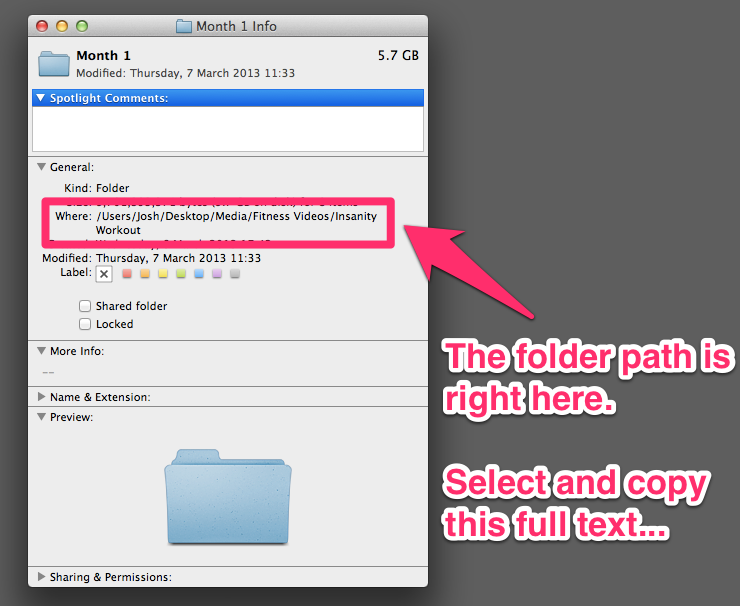


macOS 10.15: Fixed an accessibility related exception.macOS 10.15: Files modified by external sources are marked for publishing as expected.macOS 10.15: Resolved an exception when SVN doesn’t have access to your local root.Plug-ins that require Growl will load properly again these plug-ins will be disabled in a future update.Improved installation prompts if syntax modes don’t contain version information.Attempting to install a syntax mode no longer throws an exception.Fixed an issue that could prevent key based authentication from working.macOS 11: Fixed a hang when signing into, our out of, Panic Sync.

“Save File As” no longer appends an additional extension to the name.Resolved and issue that prevented dragging to create Text Clippings.Dragging files from Coda to Mail.app no longer moves the original file.Validation: Resolved a potential issue with displaying errors for valid CSS files.Fixed contrast of Source Control changes text when using the Dark system appearance.Fixed connection advanced preferences potentially not being applied when opening two windows with the same site.Text Encoding and Line Ending labels now have better contrast when using the Dark system appearance.nova to the default list of ignored files Fixed a potential crash with some autocompletions.Resolved an issue where dragging a text selection would copy instead of move it.Dragging an image from the Files sidebar to the editor now inserts an tag instead of the file path.Resolved a potential crash when using AirPreview.Older versions are available from the Panic File Museum. Learn how to verify the integrity of this release. Note: The System administrator password is not visible as you type it.Ĭlose Terminal for this change to take effect.Download the latest version of Coda from our website: Launch Terminal from Mac HD > Applications > Utilities.įrom within Terminal type the following command and press Return: chflags nohidden ~/LibraryĮnter the system administrator password, if prompted, and press Return. Note: Adobe recommends that only advanced users use this method. The following method makes the user library folder permanently visible. Note: After you open the Library folder, you can drag the Library icon from the top of that window to the Dock, Side Bar, or toolbar. The user library folder is listed below the current user's home directory. Hold down the Alt (Option) key when using the Go menu. In the Go To Folder dialog, type ~/Library If it's necessary to access these files for Adobe-related troubleshooting, use one of the following methods to make the user library content visible. Apple made the user library folder hidden by default with the 10.7 release.


 0 kommentar(er)
0 kommentar(er)
